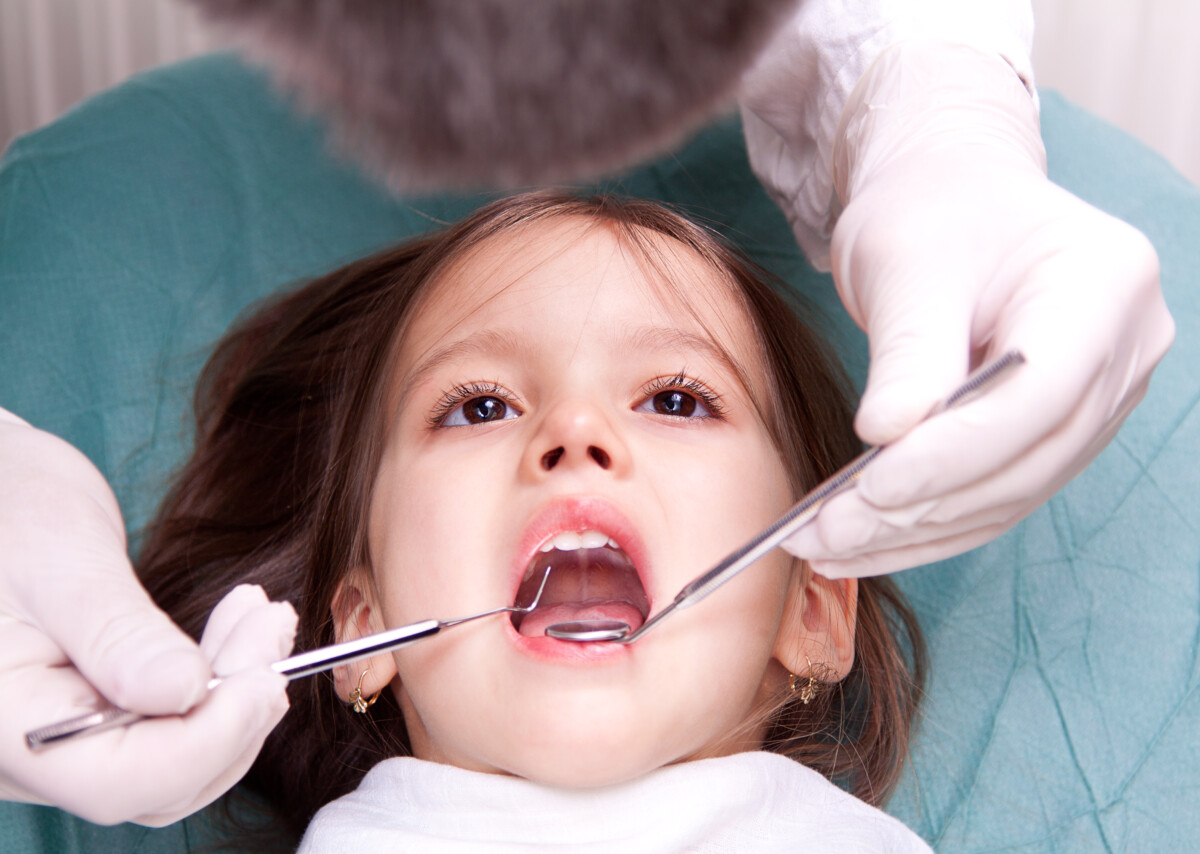Restorative Pediatric dentistry

Restorative Pediatric Dentistry
Even though baby teeth will eventually fall out, they’re essential for a child’s growth and development.
Baby teeth play two major roles in a child’s early life stages:
- Help kids chew and eat solid foods
- Provide placement and guidance for adult teeth
The procedure for filling a child’s cavity is similar to that of an adult. Depending on the cavity condition, the dentist will use one of two methods to fix the problem:
-
- A filling
- A crown
| Baby Tooth Fillings | Baby Tooth Crowns |
|---|---|
| A dental filling is a common solution for children who have one or more small cavities | When tooth decay is more severe, the dentist may decide to use a crown. A crown is a tooth-like cap placed over a tooth to strengthen and restore tooth structure |
Baby tooth Root Canals:
If your child’s primary tooth has extensive decay, or has been damaged by trauma, action may be needed to restore the integrity of the tooth and prevent infection from spreading to surrounding teeth. In these cases
Pulpotomy/Pulpectomy are done. These are basically root canal treatments for baby teeth.
| Pulpotomy | Pulpectomy |
|---|---|
| If the decay or trauma is confined to the crown of the tooth, a pulpotomy may be recommended
A pulpotomy is when the inflamed pulp chamber, usually on a baby molar, is removed |
If the infection involves tissue in both the tooth crown and the tooth root, a pulpectomy may be the best option
In a pulpectomy, the entire pulp material is removed from both the crown and the roots |

